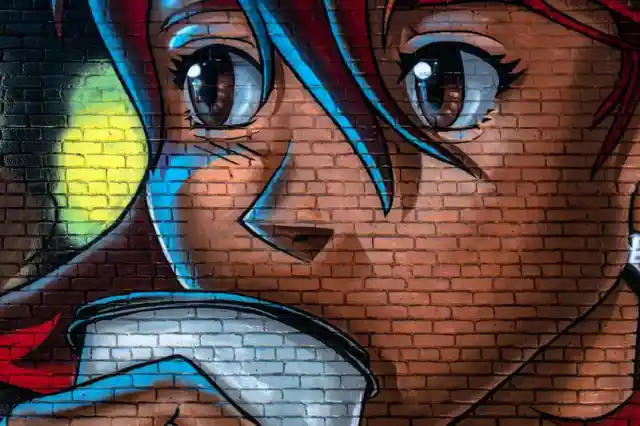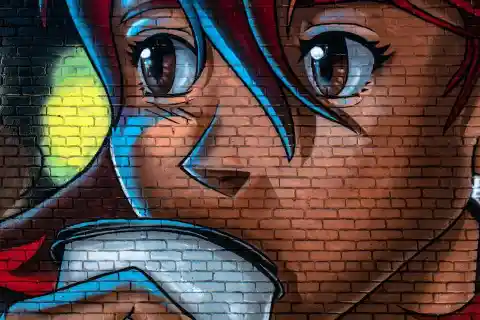For many adults today, watching their children gorge on primarily Asian anime shows can seem odd. Often, these shows seem to be packed with the nonsense that, to the average adult, looks like a waste of time. Japan is one of the primary exporters of anime, although it is commonly found in other countries including South Korea. What, though, has helped to fuel this rapid rise in anime culture? And why is it something you embrace as opposed to ignoring?


Anime has changed how we tell stories
In the past, storytelling had quite a formulaic way of doing things. Most of the time, you could see the similarities between one TV show and another. The setting might change, but the overarching plot and ideas do not. For that reason, many people see anime as a positive for those who are keen to tell stories in a way that is a bit more engaging and enjoyable for the audience. Despite the artistic nature of anime, storylines can often feel more relatable to those watching.
Anime has adjusted how we view emotions
Anime has also played a big role in changing how many people who watch anime manage their emotions. If you watch an anime show it is common for storylines to leave you in tears of laughter or tears of sadness. Anime often takes different approaches to how its characters react to storylines, creating characters – even antagonists – who wear their emotions on their sleeves and showcase the power of emotion.


Anime has made alternative protagonists more common
A big problem in the past with storytelling has been how many protagonists were functionally the same. White males were the common go-to for a ‘hero’ yet anime often goes in unique directions. The cast of an anime show is often diverse in age, gender, lifestyle, politics, and personality. It shows us that a story can work even when the main protagonists do not agree with one another on the key fundamentals that make them who they are.
Anime has made cartoons an ‘adult’ experience
Go back to the pre-anime days in the West, and cartoons were seen as something you ‘grow out of when you are a teenager. Anime, though, shows that we can tell adult stories and tell important concepts in a way that was never possible beforehand. It allows us to use the power of animation to portray things we could never do in live action, or tell stories that would never pass muster in a 3D recreation.
Anime has made it easier for us to see the world through a more open, progressive, and generally interesting point of view. For that reason, it has become essential to the growth and development of the wider anime movement as a whole. Saying you watched anime 20 years ago was something to hide; now, anime is accepted as one of the most popular, and open-minded, ways of telling a story.